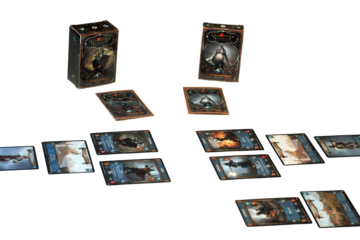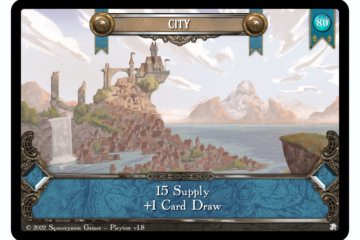The action economy, a set number of actions a player may take each turn, is often referred to in RPG games like Dungeons & Dragons and Pathfinder. It’s also used in living card games like Android Netrunner & Arkham Horror: The Card Game.
Generally speaking, most of these games have a set number of actions you can take each turn. Then there are gameplay mechanics that can modify the number of actions you can take, or the power of an action, each turn. For example, in Arkham Horror: The Card Game, there is an ally you can play to grant you one extra action each turn.
A limited action economy creates depth to a game by forcing players to wisely use their limited number of actions. Players must optimize the limited number of actions they have across endless opportunities to determine which course of action they want to take during a turn.
This makes for some very fun strategic decisions. Do I move and attack a creature this turn, or do I spend the turn buffing knowing the creature will attack me next turn. Do I cast a healing spell on my allies, or do I cast a damage spell on my enemies?
In Helorian Battles, after initial playtesting with a mostly fixed action economy, we decided to use a dynamic action economy. An action economy that ebbs and flows throughout the entire game as players try to get more actions.
Players have the opportunity to “expand their territory” by placing a new location. This new location grants the player an extra action each round. However, your opponent is trying to attack your locations, and the more you have, the harder it is to defend.
This creates an engaging dynamic to the game where players are trying to get more actions by playing locations and defending them, all while trying to destroy the opponents defended locations.



0 Comments